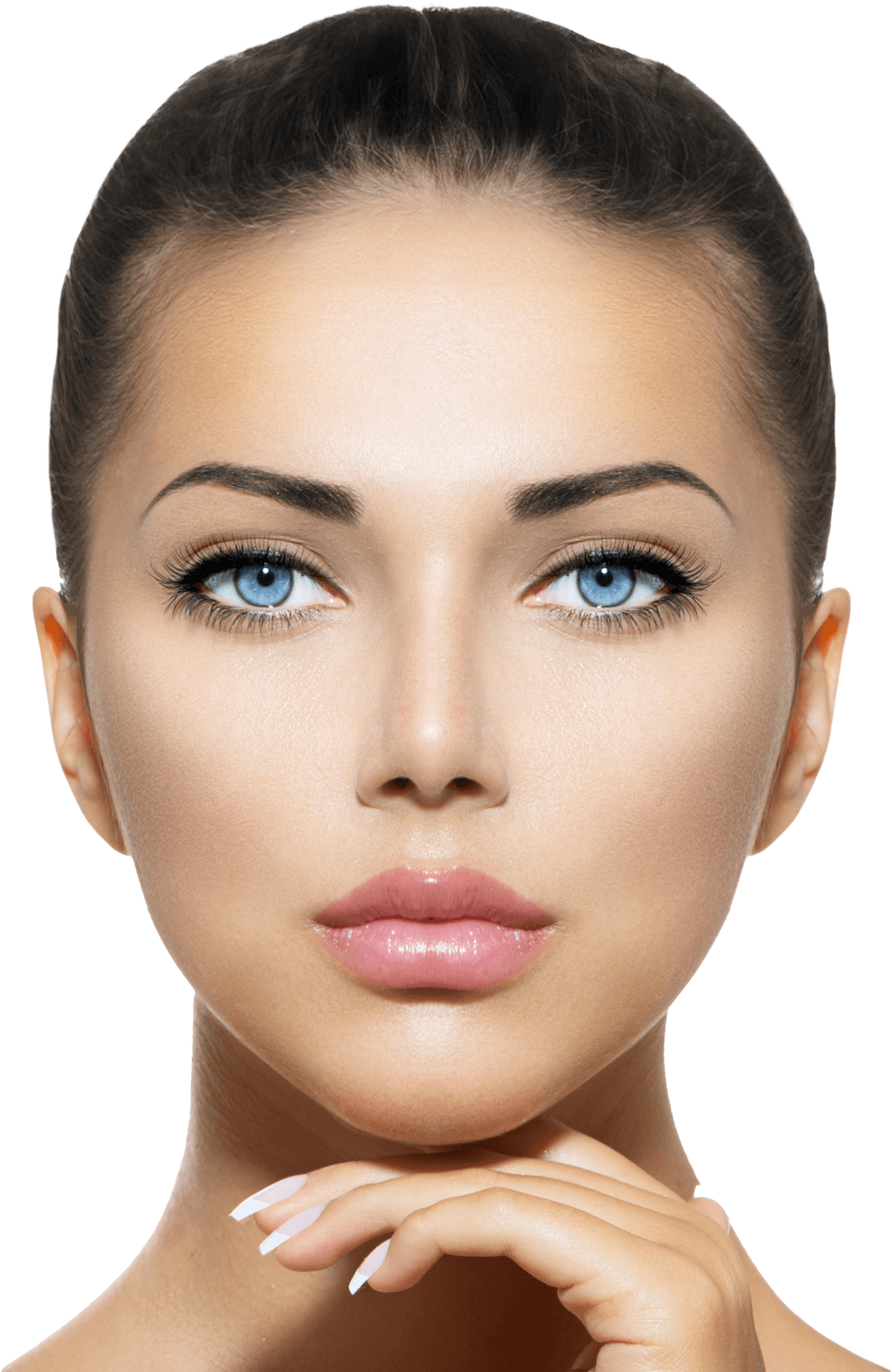
Levantamiento y Contorno
Gotas para los ojos Upneeq para la ptosis
¿Tus ojos parecen adormilados o sientes que tus párpados se ven bajos?
Si sus ojos se ven "cansados" o "somnolientos", es posible que tenga una afección llamada blefaroptosis adquirida (también conocida como ptosis adquirida o párpados bajos).
La ptosis adquirida (párpados bajos) es una afección médica común que:
- Puede desarrollarse más adelante en la vida.
- Afecta a adultos de todas las edades, pero ocurre con mayor frecuencia a medida que aumenta la edad.
- Generalmente ocurre cuando los músculos del párpado se estiran y debilitan, lo que hace que el párpado superior caiga.
- Puede deberse a otros problemas, como una cirugía de cataratas, el uso de lentes de contacto o una afección médica subyacente. También podría ser un signo de una afección médica más grave.
- Millones de personas mayores de 40 años pueden haber adquirido ptosis
- Pero sólo el 15% ha sido diagnosticado y aún menos han recibido algún tratamiento.
Fuente: Upneeq
Nota: *La estimación de prevalencia se calculó utilizando datos del censo de EE. UU. y un estudio publicado por Sridharan et al. (1995). El estudio de Sridharan observó una tasa de prevalencia del 11,5% (n=400), que luego se aplicó a la población de estadounidenses de 50 años o más proyectada por el censo de EE. UU. para 2020.
Disponible en
Galería
Antes Y Después
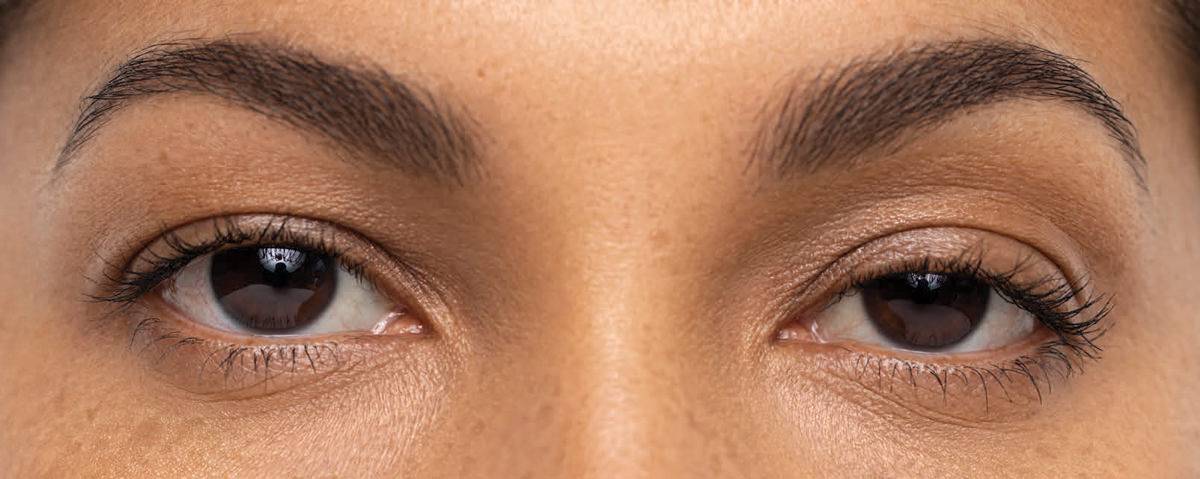
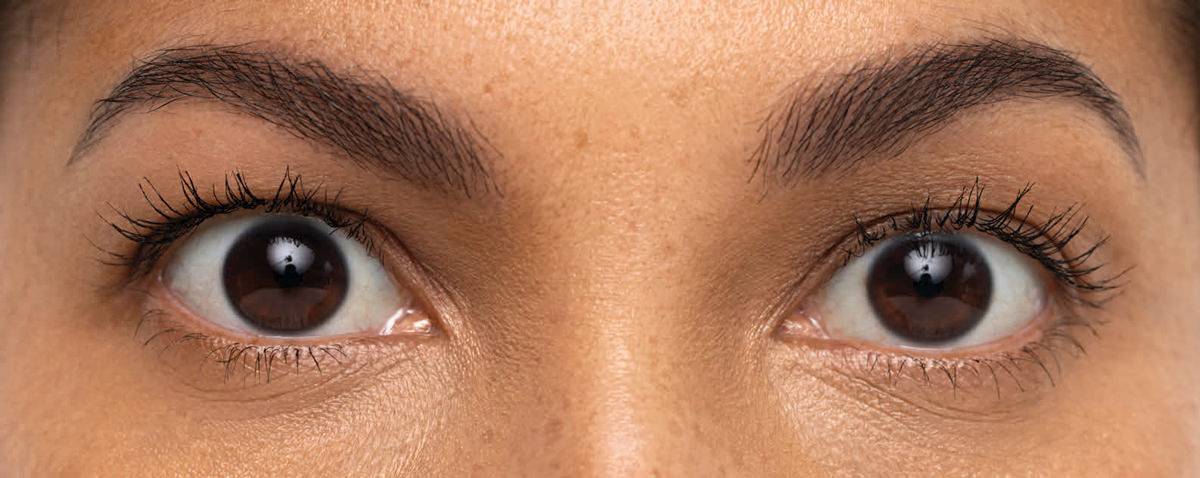
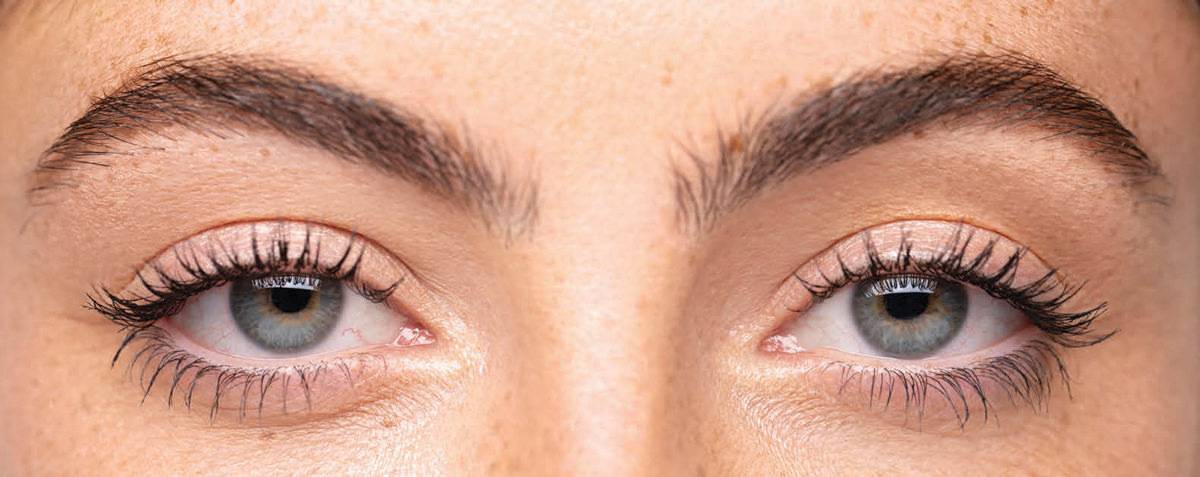
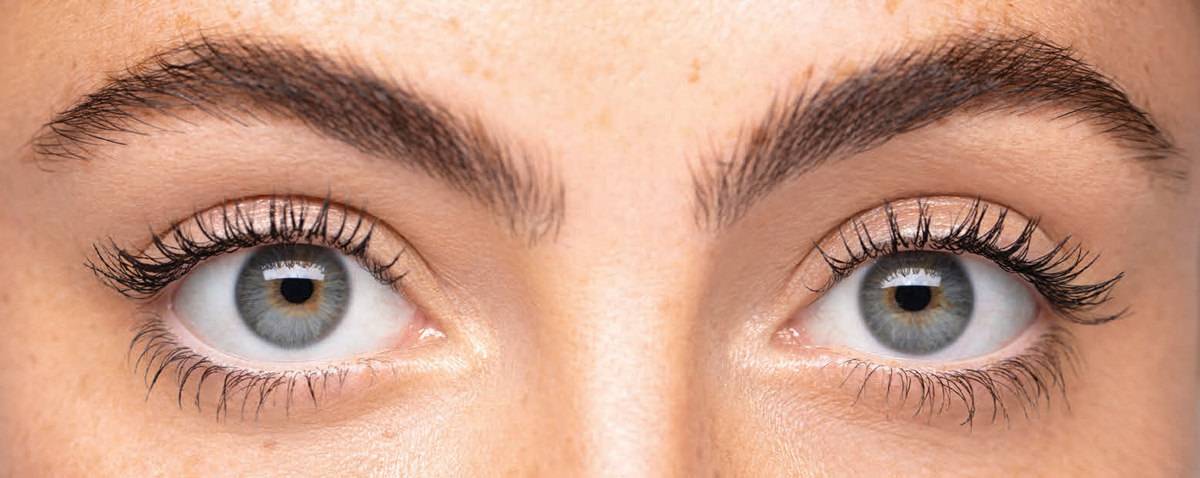
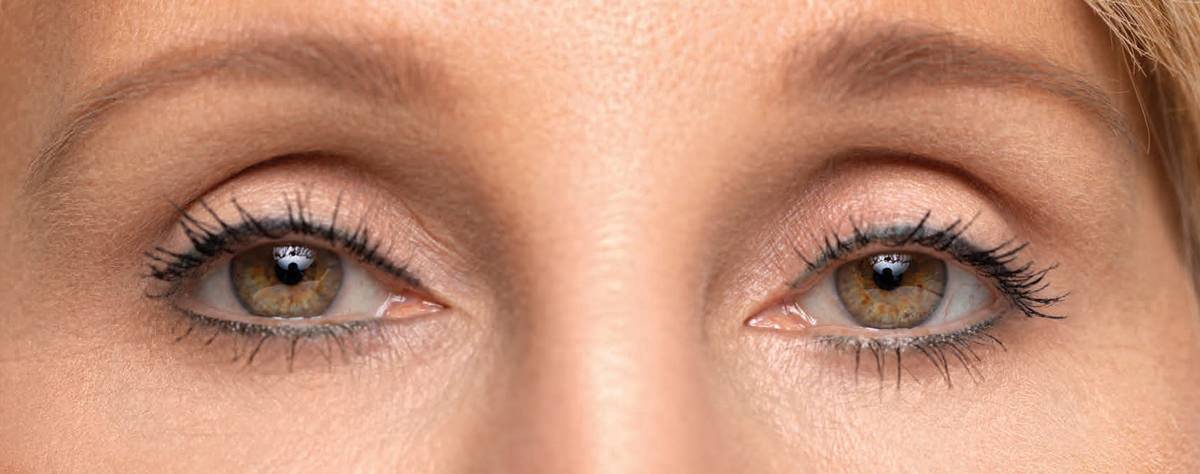
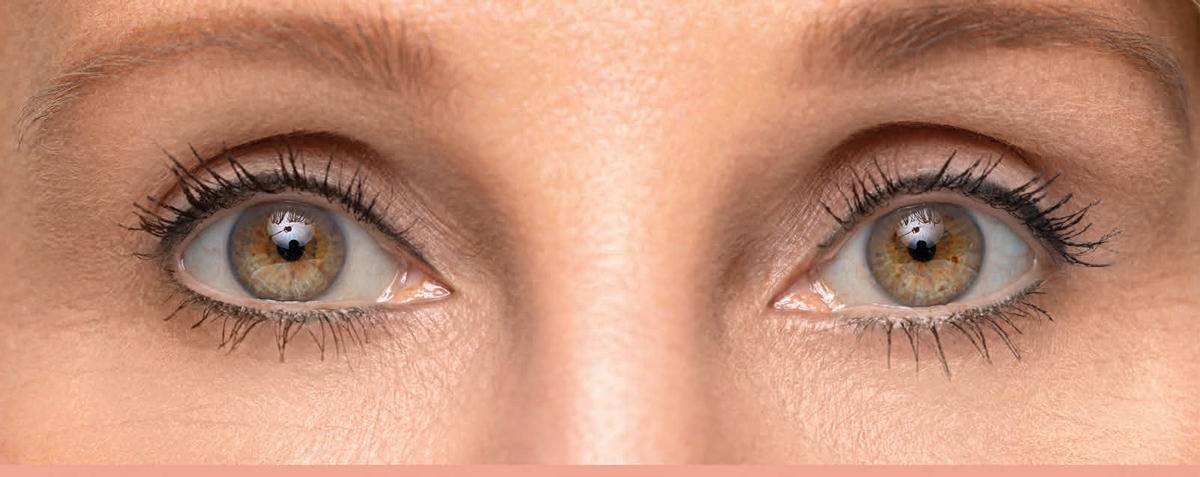
FAQs
Preguntas frecuentes
¿Qué puedo esperar de Upneeq?
Levanta los párpados rápidamente
En ensayos clínicos, Upneeq ayudó a los pacientes con ptosis adquirida a ver más desde el primer día de tratamiento. El 87,8% de los pacientes tuvo algún tipo de mejoría. El 40,8 % de los pacientes tuvo al menos una mejora del 50 % el día 14 (2 horas después de aplicar Upneeq)
- A la mayoría de los pacientes en ensayos clínicos se les realizó un lifting de párpados en tan solo 2 horas.
- El 84% de los pacientes tuvo algún tipo de mejoría.
- El 74% de las pacientes tuvo una mejora de más del 50%.
¿Es Upneeq segura y bien tolerada?
En ensayos clínicos, se demostró que Upneeq es seguro y eficaz cuando se utiliza según las indicaciones. Los efectos secundarios comunes (observados en entre el 1% y el 5% de los pacientes) incluyeron inflamación ocular, enrojecimiento ocular, ojo seco, visión borrosa, dolor en el lugar de la instilación, irritación ocular y dolor de cabeza.
¿Qué advertencias y precauciones están asociadas con Upneeq?
- Upneeq es un tipo de medicamento que puede afectar su presión arterial. Si tiene una enfermedad cardíaca, presión arterial alta o baja no controlada, o se siente débil en reposo o al levantarse rápidamente, debe llamar a su médico si sus síntomas empeoran.
- Los pacientes con flujo sanguíneo reducido al cerebro o al corazón, o pacientes que experimentan sequedad en los ojos o la boca debido a un trastorno del sistema inmunológico (síndrome de Sjögren), deben tener cuidado al tomar Upneeq. Llame a su médico de inmediato si siente que sus síntomas pueden estar empeorando.
- Upneeq puede aumentar el riesgo de presión ocular debido a la acumulación de líquido (glaucoma de ángulo cerrado) en pacientes con glaucoma de ángulo estrecho no tratado. Llame a su médico de inmediato si siente un aumento de presión en el ojo después de usar Upneeq.
- No permita que la punta del vial de Upneeq toque su ojo ni ninguna otra superficie. Esto puede ayudar a prevenir lesiones o contaminación ocular. Cada vial de Upneeq es para un solo uso y debe desecharse después de su uso.
¿Con qué frecuencia necesito usar Upneeq?
Upneeq es un colirio diario que levanta los párpados superiores para abrir los ojos.


Abre los ojos con Upneeq.
Ofrecemos consultas gratuitas para ayudarlo a determinar si Upneeq Eye Drops for Ptosis es adecuado para sus necesidades.


